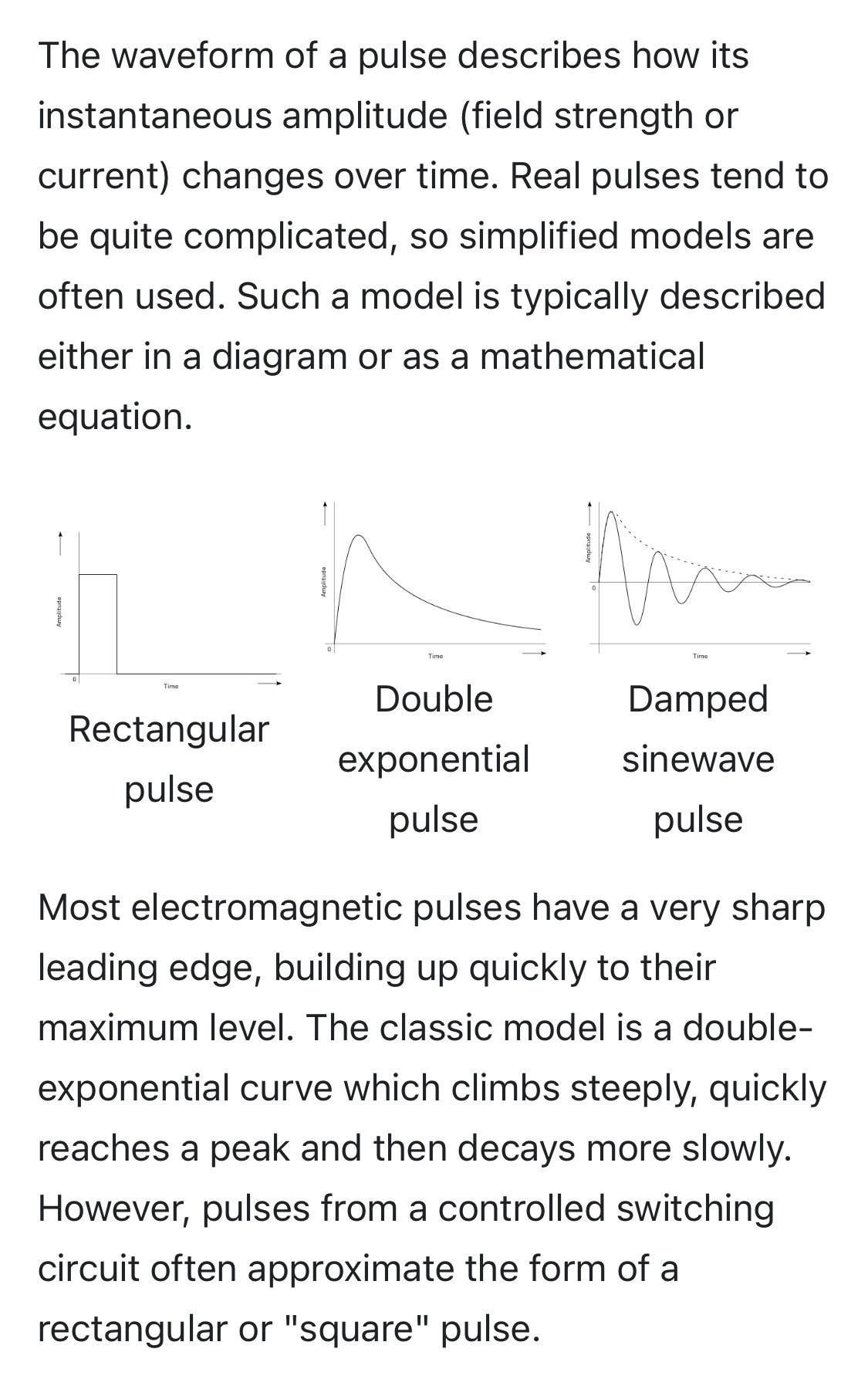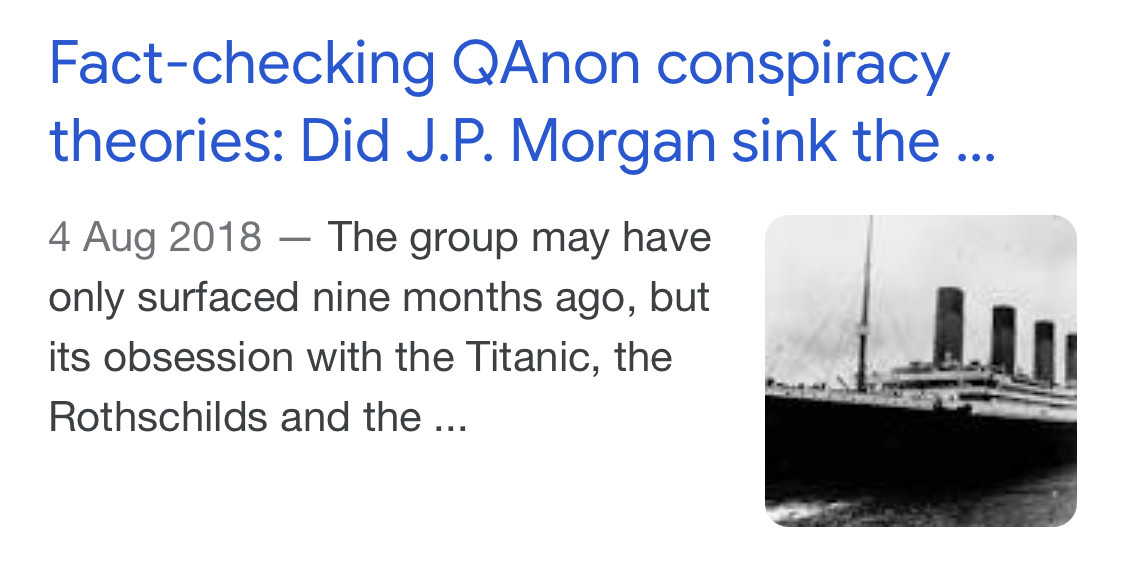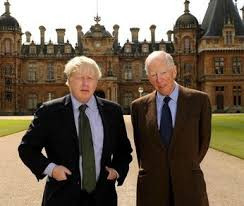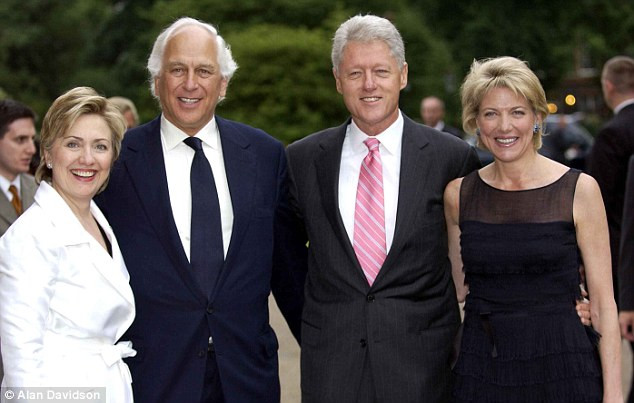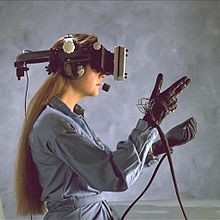Just for reference.
How much will coronavirus cost the UK?
We won't know how big the final bill will be until after the crisis is over. But the government will certainly have to borrow enormous amounts of money because it is spending more than it is taking in from tax.
On 25 November, the Office for Budget Responsibility (OBR), which keeps tabs on government spending, estimated that borrowing would be £394bn for the current financial year (April 2020 to April 2021).
That's the highest figure ever seen outside wartime.
The government borrows money by selling bonds.
A bond is a promise to make payments to whoever holds it on certain dates. There is a large payment on the final date - in effect, the repayment.
Interest is also paid to whoever owns the bond in the meantime. So it's basically an interest-paying "IOU".
The buyers of these bonds, or "gilts", are mainly financial institutions, like pension funds, investment funds, banks and insurance companies.
Private savers also buy some.
The Rothschild family is a wealthy Jewish family originally from Frankfurt that rose to prominence with Mayer Amschel Rothschild, a court factor to the German Landgraves of Hesse-Kassel in the Free City of Frankfurt, Holy Roman Empire, who established his banking business in the 1760s.
Cause and effect is a relationship between events or things, where one is the result of the other or others. This is a combination of action and reaction.
Input/output refers to the information that is passed into or out of a computer. [computing] 2. uncountable noun. Input/output refers to the hardware or software that controls the passing of information into or out of a computer.
late Middle English: via Old French from Latin circuitus, from circuire, variant of circumire ‘go round’, from circum ‘around’ + ire ‘go’.
verb: circuit; 3rd person present: circuits; past tense: circuited; past participle: circuited; gerund or present participle: circuiting
lap
turn
tour
round
circle
orbit
revolution
loop
beat
verb: beat; 3rd person present: beats; past tense: beat; gerund or present participle: beating; past participle: beaten
1.
strike (a person or an animal) repeatedly and violently so as to hurt or injure them, typically with an implement such as a club or whip.
B E A T E N
B E A T I N G
be Aten
Beat in G
beating (n.)
c. 1200, beatunge "action of inflicting blows," verbal noun from beat (v.). Meaning "pulsation" is recorded from c. 1600.
Nautical sense of "sailing against the wind" is by 1883.
From Middle French pulsacion, and its source, Latin pulsātiō (“a beating or striking”).
pulsation (countable and uncountable, plural pulsations)
The regular throbbing of the heart, an artery etc. in a living body; the pulse. [from 15th c.]
Any rhythmic beating, throbbing etc. [from 17th c.]
(now rare) Physical striking; a blow. [from 17th c.]
A single beat, throb or vibration. [from 19th c.]
Borrowed from Latin pulsāre, present active infinitive of pulsō. Doublet of the inherited pujar.
Verb
pulsar (first-person singular present pulso, first-person singular preterite pulsé, past participle pulsado)
to press (a button, etc.)
pulsar un botón ― to press a button
(computing) to click (to press and release a button on a computer mouse)
to pulsate
pulse (third-person singular simple present pulses, present participle pulsing, simple past and past participle pulsed)
(transitive, also figuratively) To emit or impel (something) in pulses or waves.
From Late Middle English pulse, Middle English pous, pouse (“regular beat of arteries, pulse; heartbeat; place on the body where a pulse is detectable; beat (of a musical instrument); energy, vitality”) [and other forms],
from Anglo-Norman puls, pous, pus, and Middle French pouls, poulz, pous [and other forms], Old French pous, pulz (“regular beat of arteries; place on the body where a pulse is detectable”) (modern French pouls), and from their etymon Latin pulsus (“beat, impulse, pulse, stroke; regular beat of arteries or the heart”), from pellō (“to drive, impel, propel, push; to banish, eject, expel; to set in motion; to strike”) (ultimately from Proto-Indo-European *pel- (“to beat, strike; to drive; to push, thrust”)) + -sus (a variant of -tus (suffix forming action nouns from verbs)).
(figuratively) The focus of energy or vigour of an activity, place, or thing; also, the feeling of bustle, busyness, or energy in a place; the heartbeat.
You can really feel the pulse of the city in this district.
(music, prosody) The beat or tactus of a piece of music or verse; also, a repeated sequence of such beats.
(physics)
A brief burst of electromagnetic energy, such as light, radio waves, etc.
Synonym of autosoliton (“a stable solitary localized structure that arises in nonlinear spatially extended dissipative systems due to mechanisms of self-organization”)
(also electronics) A brief increase in the strength of an electrical signal; an impulse.
electromagnetic pulse
An electromagnetic pulse, also sometimes called a transient electromagnetic disturbance, is a short burst of electromagnetic energy.
Such a pulse's origin may be a natural occurrence or man-made and can occur as a radiated, electric, or magnetic field or a conducted electric current, depending on the source.
Weapons have been developed to deliver the damaging effects of high-energy EMP.
An EMP arises where the source emits a short-duration pulse of energy. The energy is usually broadband by nature, although it often excites a relatively narrow-band damped sine wave response in the surrounding environment. Some types are generated as repetitive and regular pulse trains.
An electromagnetic pulse is a short surge of electromagnetic energy. Its short duration means that it will be spread over a range of frequencies. Pulses are typically characterized by:
The type of energy (radiated, electric, magnetic or conducted).
The range or spectrum of frequencies present.
Pulse waveform: shape, duration and amplitude.
The last two of these, the frequency spectrum and the pulse waveform, are interrelated via the Fourier transform and may be seen as two ways of describing the same pulse.
EMP events usually induce a corresponding signal in the surrounding environment or material. Coupling usually occurs most strongly over a relatively narrow frequency band, leading to a characteristic damped sine wave. Visually it is shown as a high frequency sine wave growing and decaying within the longer-lived envelope of the double-exponential curve.
A damped sinewave typically has much lower energy and a narrower frequency spread than the original pulse, due to the transfer characteristic of the coupling mode. In practice, EMP test equipment often injects these damped sinewaves directly rather than attempting to recreate the high-energy threat pulses.
In a pulse train, such as from a digital clock circuit, the waveform is repeated at regular intervals. A single complete pulse cycle is sufficient to characterise such a regular, repetitive train.
Types of natural EMP event includes:
Lightning electromagnetic pulse (LEMP). The discharge is typically an initial huge current flow, at least mega-amps, followed by a train of pulses of decreasing energy.
Electrostatic discharge (ESD), as a result of two charged objects coming into close proximity or even contact.
Coronal mass ejection (CME), sometimes referred to as a solar EMP. A burst of plasma and accompanying magnetic field, ejected from the solar corona and released into the solar wind.
Types of (civil) man-made EMP event include:
Switching action of electrical circuitry, whether isolated or repetitive (as a pulse train).
Electric motors can create a train of pulses as the internal electrical contacts make and break connections as the armature rotates.
Gasoline engine ignition systems can create a train of pulses as the spark plugs are energized or fired.
Continual switching actions of digital electronic circuitry.
Power line surges.
Types of military EMP include:
Nuclear electromagnetic pulse (NEMP), as a result of a nuclear explosion. A variant of this is the high altitude nuclear EMP (HEMP), which produces a secondary pulse due to particle interactions with the Earth's atmosphere and magnetic field.
Non-nuclear electromagnetic pulse (NNEMP) weapons.
A nuclear electromagnetic pulse is the abrupt pulse of electromagnetic radiation resulting from a nuclear explosion.
The resulting rapidly changing electric fields and magnetic fields may couple with electrical/electronic systems to produce damaging current and voltage surges.
The intense gamma radiation emitted can also ionize the surrounding air, creating a secondary EMP as the atoms of air first lose their electrons and then regain them.
By giving the atom additional energy (for example, by the absorption of a photon of an appropriate energy), the electron is able to move into an excited state (one with one or more quantum numbers greater than the minimum possible). If the photon has too much energy, the electron will cease to be bound to the atom, and the atom will become ionized.
There are four types of chemical bonds essential for life to exist: Ionic Bonds, Covalent Bonds, Hydrogen Bonds, and van der Waals interactions.
A covalent bond is a chemical bond that involves the sharing of electron pairs between atoms. These electron pairs are known as shared pairs or bonding pairs, and the stable balance of attractive and repulsive forces between atoms, when they share electrons, is known as covalent bonding.
https://en.m.wikipedia.org/wiki/Electron_pair
https://en.m.wikipedia.org/wiki/Unpaired_electron
In chemistry, an unpaired electron is an electron that occupies an orbital of an atom singly, rather than as part of an electron pair. Each atomic orbital of an atom (specified by the three quantum numbers n, l and m) has a capacity to contain two electrons (electron pair) with opposite spins.
As the formation of electron pairs is often energetically favourable, either in the form of a chemical bond or as a lone pair, unpaired electrons are relatively uncommon in chemistry, because an entity that carries an unpaired electron is usually rather reactive. In organic chemistry they typically only occur briefly during a reaction on an entity called a radical; however, they play an important role in explaining reaction pathways.
In chemistry, a radical is an atom, molecule, or ion that has an unpaired valence electron.
With some exceptions, these unpaired electrons make radicals highly chemically reactive.
Radicals may be generated in a number of ways, but typical methods involve redox reactions. Ionizing radiation, heat, electrical discharges, and electrolysis are known to produce radicals. Radicals are intermediates in many chemical reactions, more so than is apparent from the balanced equations.
Ionizing radiation (ionising radiation) is radiation, traveling as a particle or electromagnetic wave, that carries sufficient energy to detach electrons from atoms or molecules, thereby ionizing an atom or a molecule. Ionizing radiation is made up of energetic subatomic particles, ions or atoms moving at high speeds (usually greater than 1% of the speed of light), and electromagnetic waves on the high-energy end of the electromagnetic spectrum.
"or electromagnetic wave, that carries sufficient energy to detach electrons from atoms or molecules"
Inwardly say, “Thank you,” for what you've learned from the relationship, even if the lessons were hard. Then firmly assert, “It's time to completely break our bonds.” Next, visualize taking a pair of scissors and cutting each bond completely so you're free of any mutual energetic ties.
God Bless you all.
currency (n.)
1650s, "condition of flowing," a sense now rare or obsolete, from Latin currens, present participle of currere "to run" (from PIE root *kers- "to run").
Borrowed from Medieval Latin currentia, from Latin currēns, from currō.
: current; plural noun: currents
1.
a body of water or air moving in a definite direction, especially through a surrounding body of water or air in which there is less movement.
"ocean currents"
steady flow
stream
backdraught
slipstream
airstream
thermal
updraught
draught
undercurrent
undertow
tide
2.
a flow of electricity which results from the ordered directional movement of electrically charged particles.
"this completes the circuit so that a current flows to the lamp"
a quantity representing the rate of flow of electric charge, usually measured in amperes.
"at high currents there is wasteful power dissipation"
electric current (plural electric currents)
(physics) a net unidirectional movement of electrons, or other charge carriers, caused by a potential difference
An electric current runs through this wire.
(physics) the net charge that passes through some cross-section of a conducting material (in one direction), per unit time, having the SI unit A (C/s)
The electric current in this wire is 5 A.
Hyponyms
direct current
alternating current
alternating current (countable and uncountable, plural alternating currents) (abbreviated as AC)
(physics) An electric current in which the direction of flow of the electrons reverses periodically,
such as sawtooth,
sinusoidal
or square wave current.
(physics) An electric current in which the direction of flow of the electrons reverses periodically by a sinusoidal law, hence having an average of zero, with positive and negative values (with a frequency of 50 Hz in Europe, 60 Hz in the US, 400 Hz for airport lighting, and some others); especially such a current produced by a rotating generator or alternator.
alternator (plural alternators)
An electric generator which produces alternating current through mechanical means.
In July 1888 Westinghouse paid a substantial amount to license Nikola Tesla's US patents for a poly-phase AC induction motor and obtained a patent option on Galileo Ferraris' induction motor design. Although the acquisition of a feasible AC motor gave Westinghouse a key patent in building a completely integrated AC system, the general shortage of cash the company was going through by 1890 meant development had to be put on hold for a while.
The difficulties of obtaining funding for such a capital intensive business was becoming a serious problem for the company and 1890 saw the first of several attempts by investor J. P. Morgan to take over Westinghouse Electric.
The Federal Reserve System is not "owned" by anyone.
Banks buying and selling government bonds is one particularly important way in which the purchase or sale of existing assets by banks creates and destroys money. Banks often buy and hold government bonds as part of their portfolio of liquid assets that can be sold on quickly for central bank money if, for example, depositors want to withdraw currency in large amounts.(1)
Whenbankspurchasegovernmentbondsfrom the non-bank private sector they credit the sellers with bank deposits.(2) And,asdiscussedlaterinthisarticle,centralbank asset purchases, known as quantitative easing (QE), have similar implications for money creation
Commercial banks create money, in the form of bank deposits, by making new loans. When a bank makes a loan, for example to someone taking out a mortgage to buy a house, it does not typically do so by giving them thousands of pounds worth of banknotes. Instead, it credits their bank account with a bank deposit of the size of the mortgage. At that moment, new money is created. For this reason, some economists have referred to bank deposits as ‘fountain pen money’, created at the stroke of bankers’ pens when they approve loans.
Whenever a bank makes a loan, it simultaneously creates a matching deposit in the borrower’s bank account, thereby creating new money.
The UK government is borrowing record-breaking amounts, to pay for measures designed to limit the impact of coronavirus.
Who really benefits and who really looses from creating (crediting) new money (loans)?
The usual suspects.
The Internet of Medical Things (IoMT) is a term that describes all medical devices connected to a healthcare provider's computer system through the internet. These devices can generate, collect, analyze and transmit healthcare data. ... The possibilities have people talking about a revolution in how healthcare operates.
(computing) Of or relating to haptics (“the study of user interfaces that use the sense of touch”).
haptic interface (plural haptic interfaces)
(computing) A user interface that allows a user to receive tactile feedback via movement of a limb or the head
Lucent Technologies (formerly AT&T) Microelectronics completed transition of their mask manufacturing to external vendors 1Q96.
Maintaining a digital interface of all mask data and ordering information was critical to optimize the front end handshake with our vendors and to provide continuing support to our wafer fabrication lines. The goals that were set and achieved by using a totally digital interface are: reduced critical path vendor customer service and front end time; clarification and accuracy in meeting requirements; and ISO 9002 compliance, traceability and repeatability
.
Wafer bonding became during past decade an important technology for MEMS manufacturing and wafer-level 3D integration applications. The increased complexity of the MEMS devices brings new challenges to the processing techniques. In MEMS manufacturing wafer bonding can be used for integration of the electronic components (e.g. CMOS circuitries) with the mechanical (e.g. resonators) or optical components (e.g. waveguides, mirrors) in a single, wafer-level process step.
However, wafer bonding with CMOS wafers brings additional challenges due to very strict requirements in terms of process temperature and contamination. These challenges were identified and wafer bonding process solutions will be presented illustrated with examples.
Wafer bonding is a packaging technology on wafer-level for the fabrication of microelectromechanical systems (MEMS), nanoelectromechanical systems (NEMS), microelectronics and optoelectronics, ensuring a mechanically stable and hermetically sealed encapsulation. The wafers' diameter range from 100 mm to 200 mm (4 inch to 8 inch) for MEMS/NEMS and up to 300 mm (12 inch) for the production of microelectronic devices. Smaller wafers were used in the early days of the microelectronics industry, with wafers being just 1 inch in diameter in the 1950s.
The commonly used and developed bonding methods are as follows:
Direct bonding
Surface activated bonding
Plasma activated bonding
Anodic bonding
Eutectic bonding
Glass frit bonding
Adhesive bonding
Thermocompression bonding
Reactive bonding
Transient liquid phase diffusion bonding
The bonded wafers are characterized in order to evaluate a technology's yield, bonding strength and level of hermeticity either for fabricated devices or for the purpose of process development. Therefore, several different approaches for the bond characterization have emerged. On the one hand non-destructive optical methods to find cracks or interfacial voids are used beside destructive techniques for the bond strength evaluation, like tensile or shear testing.
On the other hand, the unique properties of carefully chosen gases or the pressure depending vibration behavior of micro resonators are exploited for hermeticity testing.
Microelectromechanical systems (MEMS), also written as micro-electro-mechanical systems (or microelectronic and microelectromechanical systems) and the related micromechatronics and microsystems constitute the technology of microscopic devices, particularly those with moving parts. They merge at the nanoscale into nanoelectromechanical systems (NEMS) and nanotechnology. MEMS are also referred to as micromachines in Japan and microsystem technology (MST) in Europe.
The fabrication of MEMS evolved from the process technology in semiconductor device fabrication, i.e. the basic techniques are deposition of material layers, patterning by photolithography and etching to produce the required shapes

